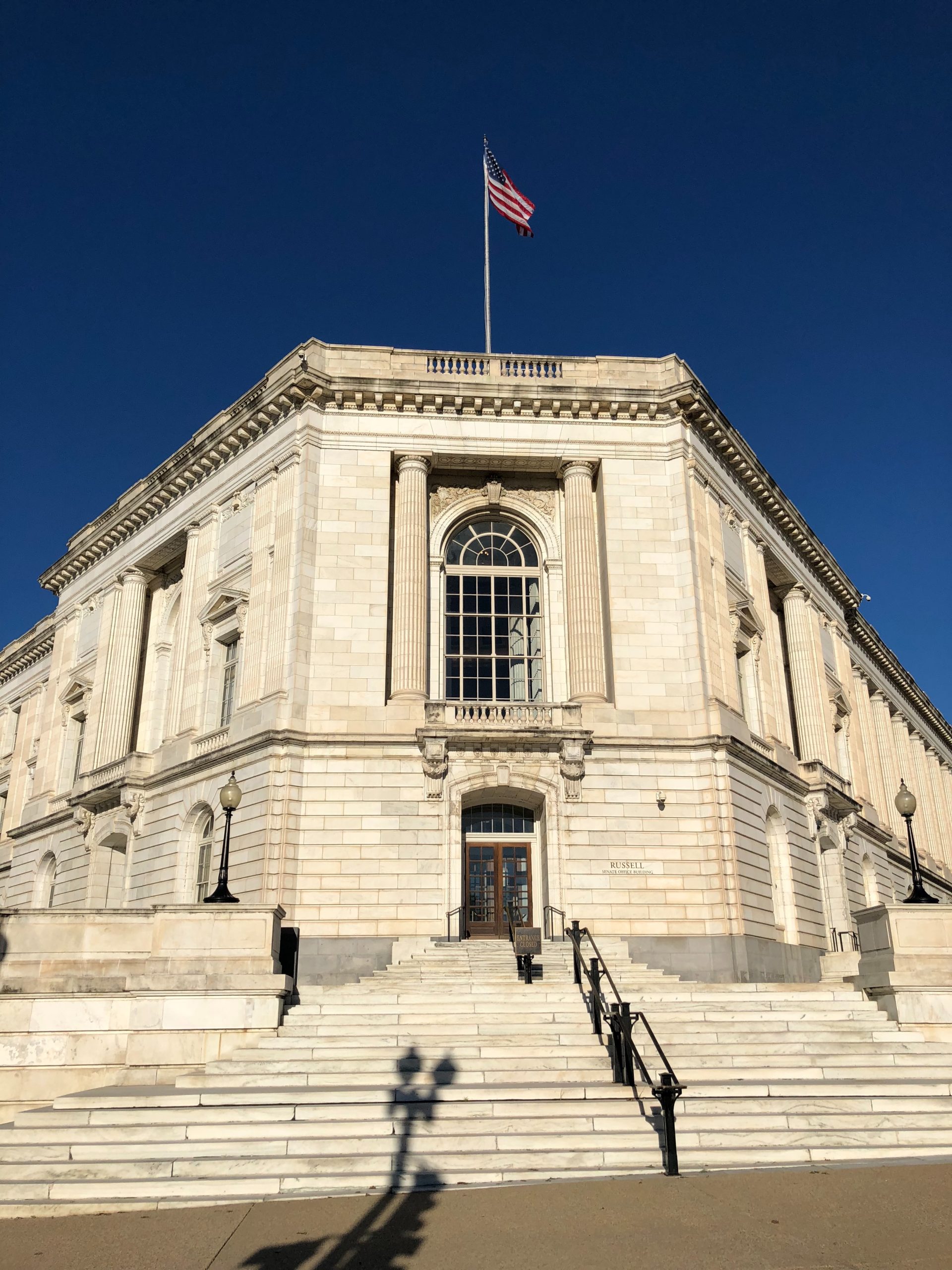Introduction
Governments around the world make decisions that affect the lives of their citizens in various ways. These decisions can range from economic policies to social programs, from foreign relations to environmental regulations. While some decisions may seem insignificant, others can have far-reaching consequences that impact society for years to come. In this article, we will explore the importance of analyzing government decisions and their consequences.
The Veil of Government Decisions
Government decisions are often made behind a veil of secrecy, with limited public input or scrutiny. This veil can make it difficult for citizens to understand the reasoning behind decisions and the potential consequences they may have. It can also make it challenging to hold government officials accountable for their actions.
Analyzing Government Decisions
Analyzing government decisions is essential to understanding their potential consequences. This analysis can involve examining the decision-making process, the data and evidence used to inform decisions, and the potential impacts on various stakeholders. It can also involve considering alternative options and their potential outcomes.
Far-Reaching Consequences
Government decisions can have far-reaching consequences that impact society in various ways. For example, economic policies can affect employment rates, income inequality, and overall economic growth. Social programs can impact the well-being of vulnerable populations, such as children, the elderly, and those with disabilities. Environmental regulations can impact public health, natural resources, and the planet’s overall sustainability.
Case Studies
To illustrate the importance of analyzing government decisions and their consequences, let’s consider a few case studies.
Case Study 1: The Affordable Care Act
The Affordable Care Act (ACA) was a significant government decision that aimed to increase access to healthcare for millions of Americans. While the ACA has had some positive impacts, such as reducing the number of uninsured individuals, it has also faced criticism for its high costs and limited coverage options.
Analyzing the ACA involves considering the decision-making process, the data and evidence used to inform the decision, and the potential impacts on various stakeholders. It also involves considering alternative options, such as a single-payer healthcare system, and their potential outcomes.
Case Study 2: The Paris Agreement
The Paris Agreement was a global government decision to address climate change by reducing greenhouse gas emissions. While the agreement has had some positive impacts, such as increasing global awareness of climate change, it has also faced criticism for its lack of enforcement mechanisms and limited impact on emissions.
Analyzing the Paris Agreement involves considering the decision-making process, the data and evidence used to inform the decision, and the potential impacts on various stakeholders. It also involves considering alternative options, such as more aggressive emissions reduction targets, and their potential outcomes.
Conclusion
Analyzing government decisions and their consequences is essential to understanding their potential impacts on society. By examining the decision-making process, the data and evidence used to inform decisions, and the potential impacts on various stakeholders, we can better understand the reasoning behind decisions and hold government officials accountable for their actions. It is crucial to lift the veil of secrecy surrounding government decisions and promote transparency and public input to ensure that decisions are made in the best interest of society as a whole.




